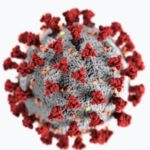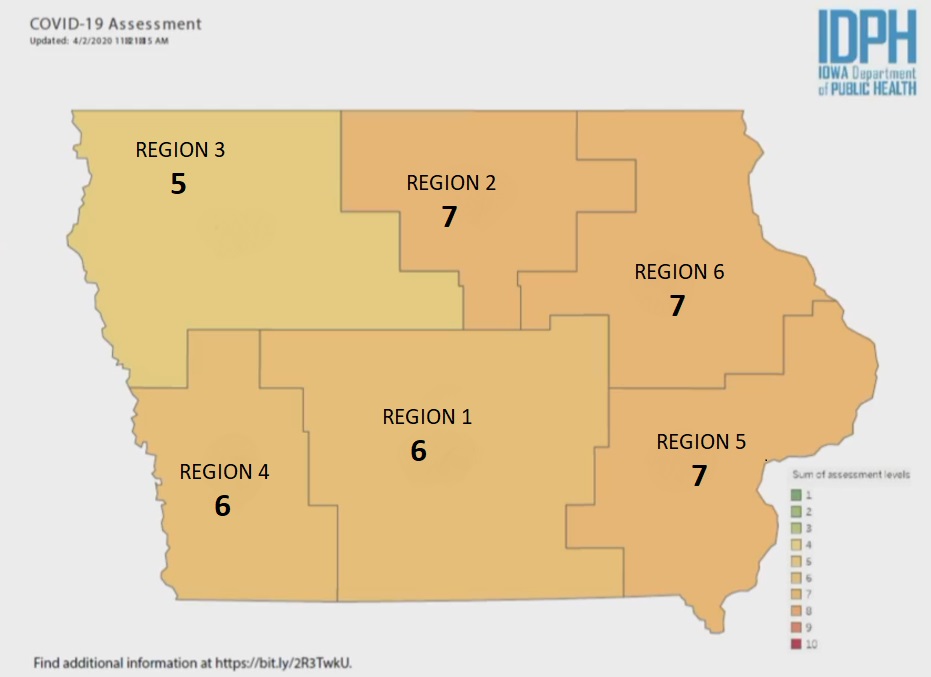 For the past two weeks Gov Kim Reynolds has referred to metrics she is using to determine if stronger mitigation strategies, like a shelter-in-place order, are needed to combat the COVID-19 pandemic.
For the past two weeks Gov Kim Reynolds has referred to metrics she is using to determine if stronger mitigation strategies, like a shelter-in-place order, are needed to combat the COVID-19 pandemic.
She said the reference points are the percent of population older than 65 years of age; the percent of identified cases of COVID-19 requiring hospitalization; the rate of cases per 100,000 in population over a 14-day time period; and outbreaks in long term care facilities.
She hinted two days ago that the metrics in some parts of Iowa were reaching a “tipping” point, but until Thursday she didn’t give numbers.
At her press conference April 2, Reynolds and Dr Caitlin Pedati, epidemiologist for the Iowa Department of Public Health, finally shared the numbers involved in making a decision. On a scale of 0-12, a score of 10 or more would call for stronger mitigation. About half of Iowa scored a 7 as of Thursday.
Point values are assigned as follows:
• Percent of population older than 65 years: 20 percent or more, 3 pts; 15-19 percent, 2 pts; less than 15 percent, 1 pt.
• Percent of identified cases requiring hospitalization: 15 percent or more, 3 pts; 12-14 percent, 2 pts, 3-11 percent, 1 pt. less than 3 percent, 0.
• Rate per 100,000 population in past 14 days: More than 50, 3 pts; 21-49, 2 pts; 6-20, 1 pt; five or fewer, 0.
• Long term care of outbreaks: Three facilities, 3 pts; 2 facilities, 2 pts; 1 facility 1 pt. (Note: This metric serves to inform clusters of illness among a vulnerable population in a shared community setting.)
A “shelter-in-place” order will be indicated by a score of 10 or greater. A need for social distancing and mitigation strategies is indicated by a score of 4-9. Preparation and awareness efforts are called for at a score of 0-3. 
